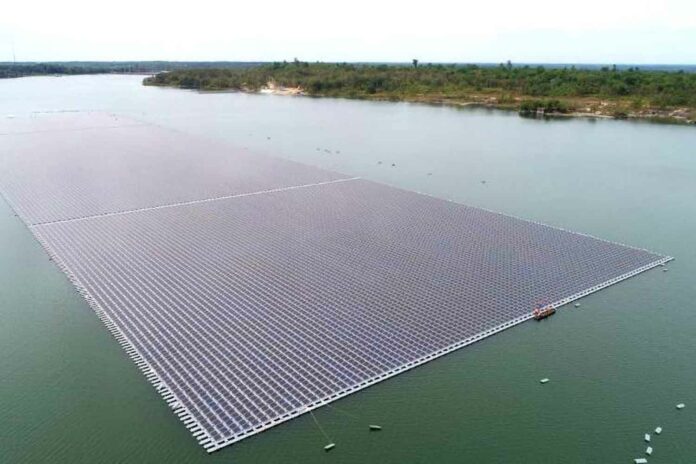A call for an increase in renewable power generation beyond the target of 50% outlined in the Power Development Plan (PDP) has been issued to the government. The PDP is due to be finalised in the second quarter of this year.
This rise is essential since Thailand has pledged to achieve carbon neutrality, a balance between carbon dioxide emissions and absorption, by 2050. This was stated by Tanachai Bunditvorapoom, chief executive of SET-listed Absolute Clean Energy.
“Thailand has plans to reduce carbon dioxide emissions in the power sector, but similar efforts in other sectors are unclear, so the country needs to increase the target in the PDP. That means the power sector needs to try harder to reduce carbon dioxide emissions.”
In 2021, Thailand declared at the 26th UN Climate Change Conference in Glasgow its commitment to seriously tackle climate change. The country aims to reach carbon neutrality and set a net-zero target by 2065. Regulated by the Energy Regulatory Commission (ERC), a renewable power generation scheme was initiated.
The first phase of the scheme, which involves the development of renewable power projects with a power generation capacity of 5.2 gigawatts, has already taken place. The ERC has plans to auction more projects this year under the second phase, with a capacity of 3.6 GW.
Still, the renewable power generated from these two phases may not be enough to reach the goals set in 2021, Tanachai noted. As part of the PDP, authorities propose the development of two nuclear power generation facilities with a combined capacity of 800 megawatts.
Nuclear power is seen as a clean energy source with zero emissions. However, support for nuclear power development in Thailand remains uneven and is likely to face strong opposition from locals and non-governmental organisations, Tanachai said.
Thailand is also pushing for biomass-fired power plants, which can provide steady electricity, unlike solar and wind energy. These are considered intermittent sources of power due to unpredictable weather patterns. However, biomass power can only partially replace electricity generated by fossil fuels such as gas, Tanachai added.
Increasing the renewable power target to more than 50% to ensure Thailand can significantly cut carbon dioxide emissions is under consideration by authorities, but there are challenges, said Sarat Prakobchart, Deputy Director-General of the Energy Policy and Planning Office. The potential for higher electricity bills due to costly renewable power must be taken into account.
“Thailand may lose competitiveness if the country totally supports renewable power without considering its budget limitations.”
The PDP, which is intended for use from 2024 to 2037, is part of the National Energy Plan (NEP), the country’s blueprint for energy management. The NEP comprises the alternative energy development plan, the energy efficiency plan, the oil plan, and the gas plan.
The state-run Electricity Generating Authority of Thailand is promoting renewable energy with a nationwide project for 15 floating solar farms with a combined capacity of 2,750MW. The first floating solar farm is at Sirindhorn Dam in Ubon Ratchathani, with a capacity of 45MW. Operations of this first solar farm commenced in 2021.
In related news, to revolutionise its urban landscape, Pattaya is making strides towards becoming a wireless city. Following the removal of overhead power lines along Walking Street, the city is now embarking on a new project to rid South Pattaya Road of unsightly power poles.
Business NewsEnvironment NewsThailand News
